Latest news

-
The Big Seashell Survey shows remarkable differences between Belgium and the Netherlands 
The Big Seashell Survey shows remarkable differences between Belgium and the Netherlands
Saturday 19 March 2022, about 750 citizens collected more than 38.000 shells on Belgian beaches, with a top-5 in line with the results of the 2021 edition. For the first time, the Netherlands joined this citizen science initiative and collected another 22.000 shells, showing remarkable differences between both countries. -
WoRMS press release: Ten remarkable new marine species from 2021 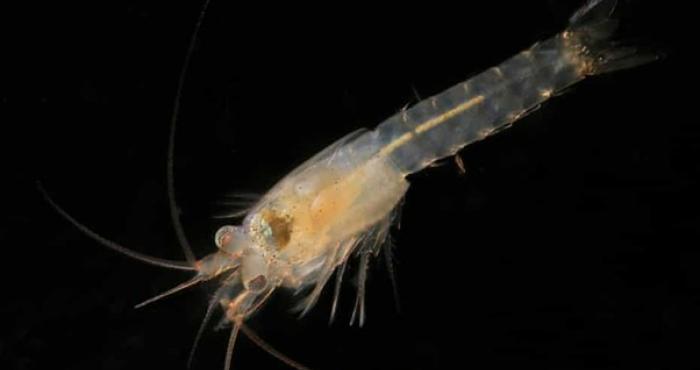
WoRMS press release: Ten remarkable new marine species from 2021
As for previous years, the World Register of Marine Species (WoRMS) has again released its annual list of the top-ten marine species described by researchers during the past year to coincide with World Taxonomist Appreciation Day on March 19th! -
WoRMS partners with International Seabed Authority for enhanced deep-sea taxonomic info & standardization in the Area 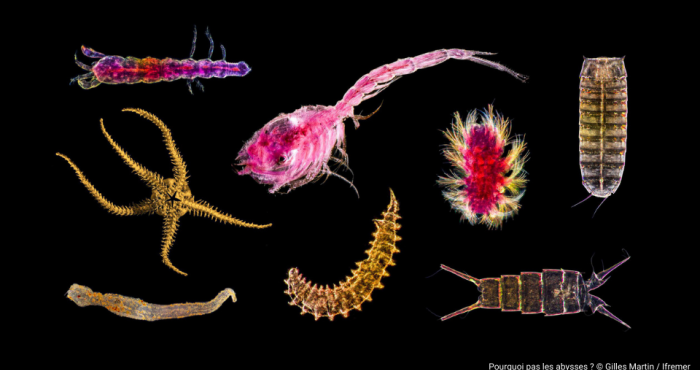
WoRMS partners with International Seabed Authority for enhanced deep-sea taxonomic info & standardization in the Area
On 1 March 2022, the International Seabed Authority (ISA) and the World Register of Marine Species (WoRMS) formalized their partnership to strengthen their mutual efforts on advancing deep-sea taxonomic information and standardization in the Area. -
International Women’s Day 2022: Marie-Anne Libert 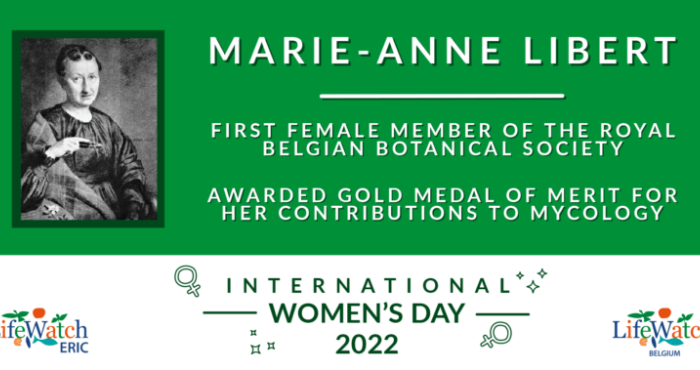
International Women’s Day 2022: Marie-Anne Libert
For International Women’s Day 2022, LifeWatch ERIC are putting eight scientists in the spotlight. Each of the LifeWatch ERIC member states has proposed a figure who has broken boundaries over the course of her lifetime, and is an inspiration to younger generations looking to pursue a career in STEM. Meet the person chosen by LifeWatch Belgium: Marie-Anne Libert. -
The acoustic character of an underwater habitat 
The acoustic character of an underwater habitat
Just as the doctor listens to the condition of your lungs with his stethoscope, imagine that you can tell how healthy or unhealthy the sea is from the underwater sound. That is what LifeWatch VLIZ engineer Clea Parcerisas wants to find out with her doctoral research on underwater soundscapes. -
Join the 5th edition of the Big Seashell Survey at the Belgian beaches! 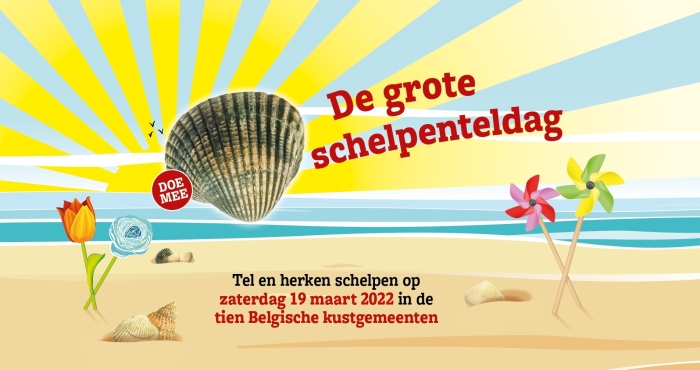
Join the 5th edition of the Big Seashell Survey at the Belgian beaches!
Who is not fascinated by shells on the beach? Picking up shells, admiring them and trying to find out the story behind the find. And if at all possible, to give science a helping hand at the same time. That is what the Big Seashell Survey is all about! -
What is the difference in the soundscape of the Gulf of Tribugá in Colombia and the Belgian Part of the North Sea? 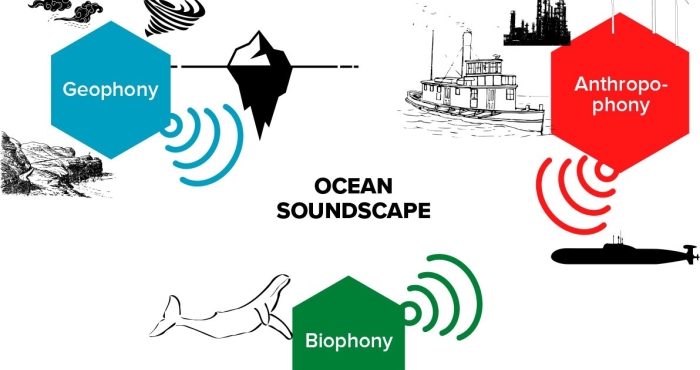
What is the difference in the soundscape of the Gulf of Tribugá in Colombia and the Belgian Part of the North Sea?
A new LifeWatch paper compares two different soundscapes: the Gulf of Tribugá in Colombia and the the Belgian Part of the North Sea (BPNS). This study is of great importance as a general marine soundscape baseline in order to map possible future disturbances of port construction or to evaluate whether policy measures taken are effective. The comparison shows that biophony dominates the Gulf ot Tribugá while anthropophony is dominant in the BPNS. -
RBINS and RMCA recruit: Scientific Collaborator (m/f/x) for the BopCo project 
RBINS and RMCA recruit: Scientific Collaborator (m/f/x) for the BopCo project
The Royal Belgian Institute of Natural Sciences and the Royal Museum for Central Africa are looking for a Scientific Collaborator to join its LifeWatch BopCo project. -
Mapping the eel migration routes 
Mapping the eel migration routes
With the use of 96 data loggers, scientists of the Research Institute for Nature and Forest (INBO), Ghent University and the Flanders Marine Institute (VLIZ) succeeded to map the migration routes of eels in the North Sea. The results show that the majority of the Belgian eels migrate through the English Channel, the narrow sea passage between England and France. Although this seems a logical thing to do, some choose to migrate over Scotland. The reason for these different choices is still under study. The eels are probably guided by certain sea currents. -
Formally introducing: the World Register of Introduced Marine Species (WRiMS) 
Formally introducing: the World Register of Introduced Marine Species (WRiMS)
In a publication hot off the press, the WRiMS editors and the WoRMS Data Management Team discuss the data sources and history, the data validation, the database structure and software, the data management and the future needs of WRiMS.